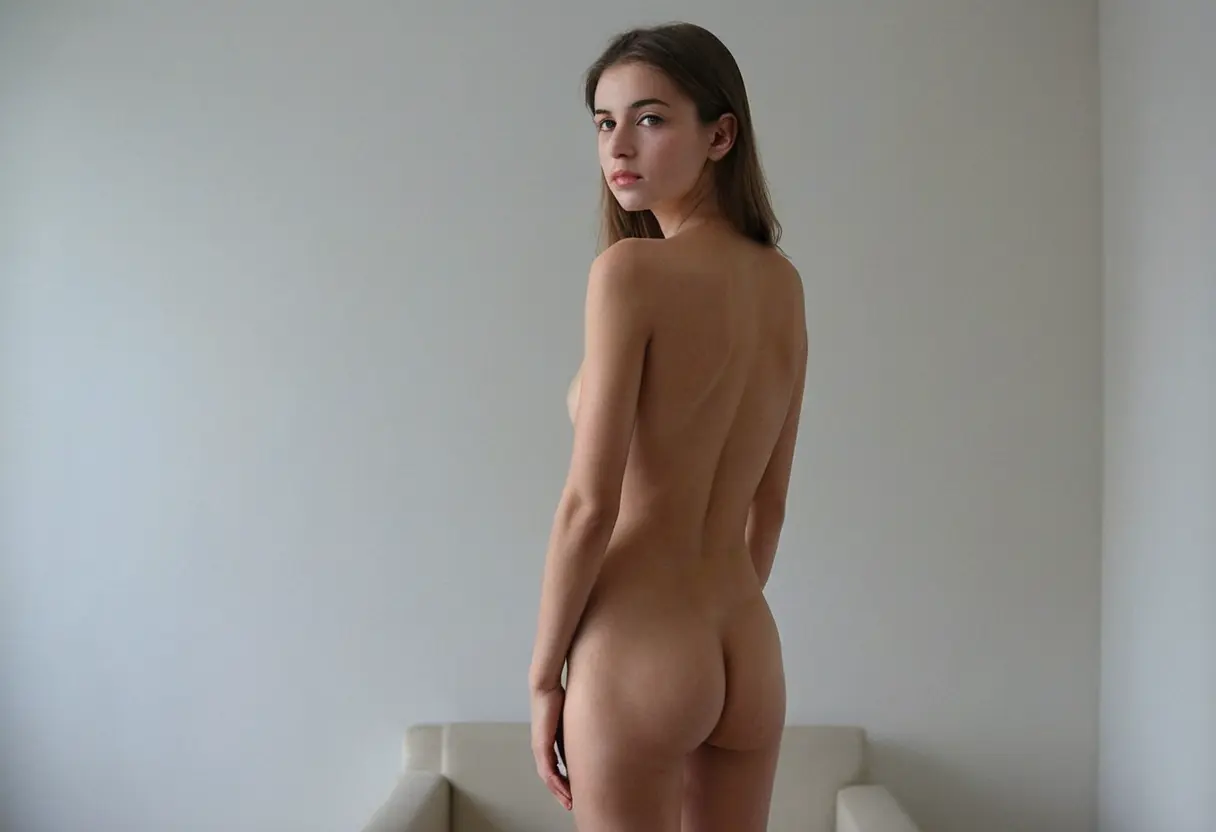```html
The digital art world has undergone a significant transformation in recent years, largely due to advances in artificial intelligence (AI). One of the most exciting innovations is the emergence of AI-driven tools like the Undress AI Generator, which allows users to explore new creative possibilities. These technologies are pushing the boundaries of what can be achieved in digital art, enabling artists to generate high-quality visuals that were previously unimaginable. This article will delve into the future of digital art, examining the role of AI in shaping this creative domain, particularly through tools like the Undress AI Generator. We will explore how this technology works, its applications, the ethical considerations surrounding it, and what the future holds for digital artists and the art community as a whole.
The Undress AI Generator operates by utilizing deep learning models to analyze and recreate artistic content. It uses sophisticated algorithms to generate and manipulate images in a way that mimics human creativity. By inputting specific prompts or settings, users can instruct the AI to generate highly detailed and unique artworks that align with their vision. This AI technology leverages vast datasets of images and artistic styles, learning from them to produce content that appears innovative and realistic. What makes this technology particularly exciting is its ability to adapt and evolve based on user interactions, enabling the generation of increasingly refined and complex art over time.

AI technologies like Undress AI Generator have revolutionized digital art creation in several impactful ways. These tools are not only being used by professional artists but also by hobbyists and creatives who might not have traditional artistic training. Here are some of the key applications of AI in digital art:

While the potential for AI in digital art is exciting, it also raises important ethical questions. One of the most prominent concerns is the issue of copyright. When an AI generates a piece of art, it becomes unclear who owns the rights to the work. Is it the artist who created the prompt, the developer of the AI, or perhaps no one at all? This question becomes even more complicated when AI models are trained using copyrighted material. Additionally, the proliferation of AI-generated content can lead to debates about originality and creativity, as many argue that AI lacks the soul and intentionality of human artists.

Another concern is the potential for misuse. For instance, AI technologies like Undress AI Generator can be used to create controversial or harmful content, including deepfakes or inappropriate images. As such, developers are faced with the challenge of ensuring responsible use and building ethical guidelines around the technology.
The future of AI-generated digital art looks bright, with new advancements on the horizon. As AI technologies become more advanced, artists will have even greater freedom to explore and create in ways never before possible. These innovations may lead to entirely new forms of art that blend human creativity with AI-powered innovation. We can also expect improvements in the quality and diversity of AI-generated art, with machines learning to produce more nuanced, emotionally evocative pieces.
Furthermore, the integration of virtual reality (VR) and augmented reality (AR) with AI technology could open up new realms of interactive digital art, where users can https://www.undressaitool.comimmerse themselves in AI-created worlds. In the long term, AI may even play a role in the development of entirely new art genres, merging visual aesthetics with interactivity, gaming, and storytelling.
The rise of AI-powered tools like the Undress AI Generator has opened up new frontiers for digital art. These technologies enable artists to generate unique and imaginative works at an unprecedented pace, revolutionizing the creative process. However, as with all innovations, they also bring forth challenges that must be carefully considered, particularly in the realms of ethics and copyright. Looking ahead, the future of digital art will likely be a collaborative blend of human ingenuity and AI capabilities, offering exciting possibilities for both creators and audiences alike. As we continue to explore this technology, it is clear that AI will play an increasingly important role in shaping the artistic landscape of the future.
```
The Future of Fashion with Undress AI for Men

How AI Apps Are Transforming Fashion and Virtual Try-Ons

How Undress AI Generators Are Transforming Digital Content Creation

The Impact of AI Video Tools on Clothing and Apparel Visualization

How AI Technology is Transforming Anime Character Design and Animation

How Real Undress AI is Revolutionizing Virtual Clothing and Style体验